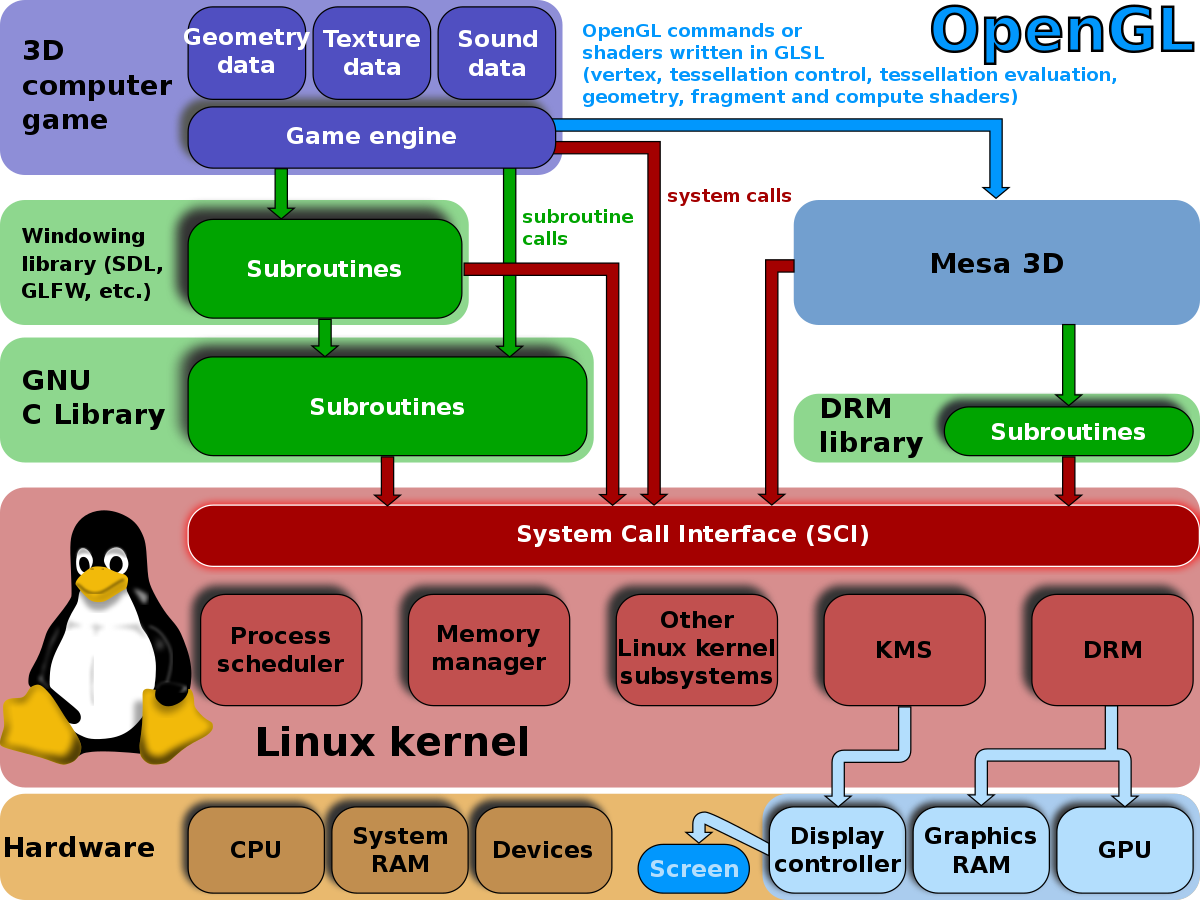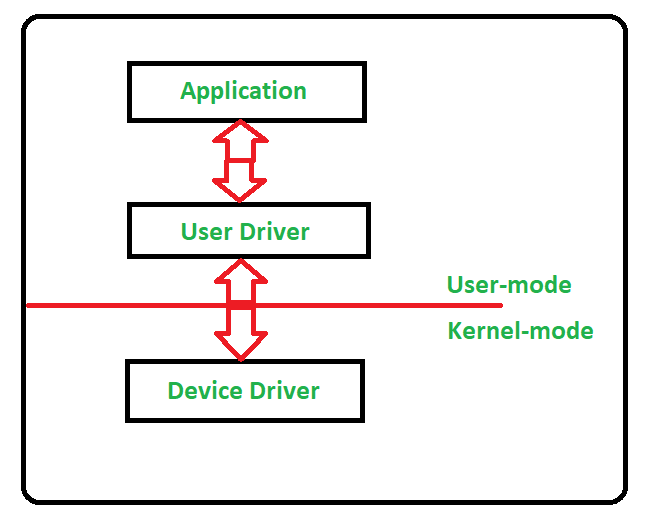DDC is a market leader in high-reliability data bus networking solutions, including sub-systems, boards, components, and software for the defense, civil aerospace, and space markets. DDC provides data bus solutions for MIL-STD-1553/1760, ARINC 429/717, Fibre Channel, Ethernet, CANbus, Serial I/O, and other protocols. PC Pitstop - PC Performance Roots. PC Pitstop began in 1999 with an emphasis on computer diagnostics and maintenance. During the early days of the dot com boom, our online PC maintenance tools were skyrocketing. Arduino llc (www.arduino.cc) port devices driver.
Open Data Drivers
-->The topics in this section provides information about USB pipes and URBs for I/O requests, and describes how a client driver can use the device driver interfaces (DDIs) to transfer data to and from a USB device.
A transfer takes place every time data is moved between the host controller and the USB device. In general, USB transfers can be broadly categorized into control transfers and data transfers. All USB devices must support control transfers and can support endpoints for data transfers. Each type of transfer is associated with the type of USB endpoint (a buffer in the device). Control transfer is associated with the default endpoint and data transfers use unidirectional endpoints. The data transfer types use interrupt, bulk, and isochronous endpoints. The USB driver stack creates a communication channel called a pipe for each endpoint supported by the device. One end of the pipe is the device's endpoint. The other end of the pipe is always the host controller.

Medical Device Data Systems
Before sending I/O requests to the device, the client driver must retrieve information about configurations, interfaces, endpoints, the vendor, and class-specific descriptors from a USB device. In addition, the driver must also configure the device. Device configuration involves tasks such as selecting a configuration and an alternate setting within each interface. Each alternate setting can specify one or more USB endpoints that are available for data transfers.

For information about device configuration, see How to Select a Configuration for a USB Device and How to select an alternate setting in a USB interface.
After the client driver has configured the device, the driver has access to the pipe handles created by the USB driver stack for each endpoint in the currently selected alternate setting. To transfer data to an endpoint, a client driver creates a request by formatting an URB specific to the type of request.
In this section
Device Driver Download
| Topic | Description |
|---|---|
This topic explains the structure of a control transfer and how a client driver should send a control request to the device. | |
This topic provides an overview of USB pipes and describes the steps required by a USB client driver to obtain pipe handles from the USB driver stack. | |
This topic describes the WDF-provided continuous reader object. The procedures in this topic provide step-by-step instructions about how to configure the object and use it to read data from a USB pipe. | |
This topic provides a brief overview about USB bulk transfers. It also provides step-by-step instructions about how a client driver can send and receive bulk data from the device. | |
This topic discusses static streams capability and explains how a USB client driver can open and close streams in a bulk endpoint of a USB 3.0 device. | |
This topic describes how a client driver can build a USB Request Block (URB) to transfer data to and from isochronous endpoints in a USB device. If it does not, click here to download your driver directly. Your Birch Printer is Better with BarTender® BarTender® is the world's most trusted software for designing, printing and automating the production of barcodes, labels, cards, RFID tags and more. Drivers cesinel port devices. For most devices, the Ports device setup class and the Serial function driver provide the functionality required to operate serial ports and COM ports. To install serial ports and COM ports using these system-supplied components, do the following: Provide an INF file that specifies the Ports device setup class and the Serial function driver as the service for the port. | |
In this topic, you will learn about the chained MDLs capability in the USB driver stack, and how a client driver can send a transfer buffer as a chain of MDL](/windows-hardware/drivers/ddi/wdm/ns-wdm-_mdl)'>MDL structure. | |
This topic provides information about steps you can try when a data transfer to a USB pipe fails. The mechanisms described in this topic cover abort, reset, and cycle port operations on bulk, interrupt, and isochronous pipes. | |
This section provides guidance concerning the careful management of USB bandwidth. |
Data Device Driver Tool
Related topics


